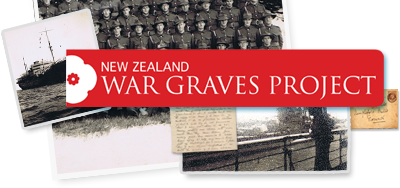Despair had followed home the battle-scarred and once strapping young farmer who had been shot in the head during the Battle of the Somme, about a fortnight after his younger brother John was killed in the same engagement.
Mr Falconer recovered from his grave wounds in a foreign hospital but was deemed unfit for service, Mrs Baker Wilson said, and returned home in 1917 with facial paralysis, insomnia and significant weight loss - a shadow of the man who had enlisted a little more than two years earlier.
The next year he contracted and survived influenza during the nationwide pandemic, she said, which in late 1918 killed another of his younger brothers, Edwin
It was on a May evening in 1919 when David Falconer bid good night for a final time. He was missing all of the next day before he was discovered almost a kilometre from the family home with a fatal gunshot wound to his left chest.
The coroner ruled his death as "self-inflicted, while mentally depressed", while also noting influenza had left him further weakened and desolate.
Wairarapa archivist Neil Frances, who also attended the ceremony, said Mr Falconer's brother John had been serving in the Australian Imperial Force and was killed "probably not far from where David was wounded, but his body was not identified" and his grave remains unmarked.
He said Mr Falconer's parents died in the early 1920s and with his sister Clara were buried alongside him in Masterton Cemetery, and his name was accepted for entry on the Wairarapa Soldiers Memorial that was unveiled in 1923.
Mr Falconer's name was finally added to the New Zealand honour roll of World War I war dead in August this year along with the names of Private Arthur Joseph Best, Trooper Matthew Gallagher, Private Percy Hawken, Sapper Robert Arthur Hislop and Private Lester Edward Quintall.
Ms Baker Wilson, a leading New Zealand Engineers Tunnelling Company researcher, said she had been invited to speak at the Masterton ceremony after revealing the histories of Mr Falconer and Mr Best, and suggesting the pair deserved "true" war graves and official recognition of their sacrifice for New Zealand.
"True war graves are graves of serving members of the forces who died within New Zealand during wartime, or shortly afterwards from war-related causes. David's death was just one of many identified with my research into World War I suicides and which may yet be recognised and included on the national roll of honour," she said.
"Otago University experts have cited 333 suicides among New Zealand World War I veterans with higher rates compared to civilian men in the same age group in the 1920s and subsequent decades.
"The unrecognised numbers of World War I suicides that I was able to verify suggest the figure should be higher and to date among the tunnellers, 11 men have been identified as having committed suicide, although none qualify for 'true' war graves," she said.
"If David's death and his years of service are to mean anything, we have a duty to him and others like him. My hope is that in laying down a plaque for David, we can see him as a trailblazer, someone whose death can help us support those who have served in our time."
Source: New Zealand Herald, 6th December 2014


